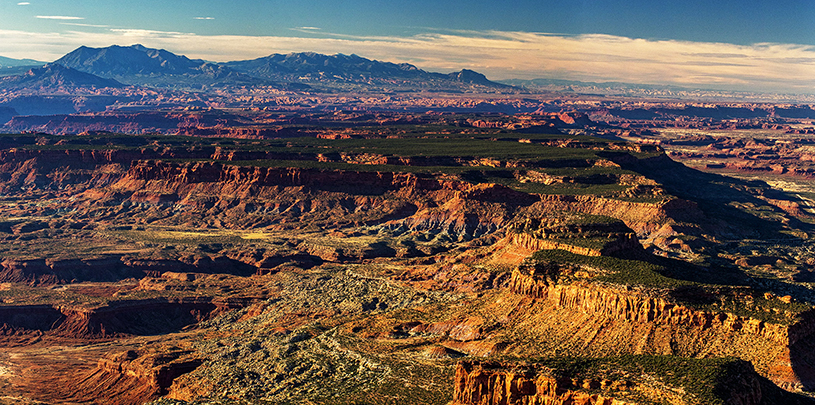
 by Anne Mariah Tapp, Energy Director
by Anne Mariah Tapp, Energy Director
Southeastern Utah’s Bears Ears is one of the richest living cultural landscapes in the world, so vital that a coalition of Native American tribes is asking President Obama to protect these already public lands as a national monument. It's a region under threat from looting, careless treatment of archaeological sites, and irresponsible energy development. You would think that our government agencies would exercise the utmost caution when making decisions about a landscape that holds a record of thousands of years of human history, but, as plans to expand a uranium mine show, this is not always the case.
Today, the Bureau of Land Management in Monticello, Utah, is considering using an expedited environmental analysis to allow a subsidiary of Canada-based Energy Fuels to expand a uranium mine in the heart of the Bears Ears region, between Natural Bridges National Monument and Glen Canyon National Recreation Area. The BLM’s plan would permit the company to expand the small existing Daneros uranium mine to ten times its current footprint and extract 400,000 more tons of uranium, extending the life of the mine by 13 years. Total, half a million tons of ore would be trucked through the proposed Bears Ears National Monument and along southeastern Utah’s main tourist roads to the White Mesa Mill, a site already plagued by contamination.
In its review, the BLM failed to adequately consider the impact of the Daneros Mine expansion on Native American cultural resources, despite the mine’s location in one of the country’s richest cultural landscapes, home to more than 100,000 Native American cultural sites, from granaries to complex villages. In fact, the BLM dismissed detailed analysis of cultural resources completely, finding that there were no impacts to cultural resources on the 212 acres the agency surveyed.
Find this hard to believe? So do we. And, the BLM made its conclusion despite letters from the Navajo Nation stating that cultural resources were present in the area. The BLM also dismissed analysis of environmental justice, despite the fact that the ore will be shipped to the White Mesa Mill, where a disproportionate impact will fall on the White Mesa community of the Ute Mountain Ute tribe.
The BLM failed to require a full environmental impact statement for the Daneros Mine expansion. Instead, it settled for a less rigorous analysis that fails to address the long-term impacts of expanding the mine on the surrounding area, including its potential effects on water quality, air quality, wildlife, and human health.
The BLM also failed to analyze the impacts of the expansion as it relates to the White Mesa Mill, where the ore would be processed. The White Mesa Mill is already plagued with contamination that threatens the water, air, and public health of southeastern Utah, and must be addressed before it is allowed to process any more toxic and radioactive material.
Join us in asking the BLM to take a step back and require a meaningful analysis that considers the real impacts of this uranium mine before making a decision that could harm the future of the Bears Ears region and the Colorado Plateau for years to come.
A small victory in the legal case challenging Daneros uranium mine, near Bears Ears National Monument.
Read MoreGroundwater pumping at a uranium mine near the Grand Canyon will affect the canyon's springs, scientists says.
Read MoreA rally in Salt Lake City followed by a spiritual walk in White Mesa demonstrate the Ute community's determination to see uranium mill close.
Read More